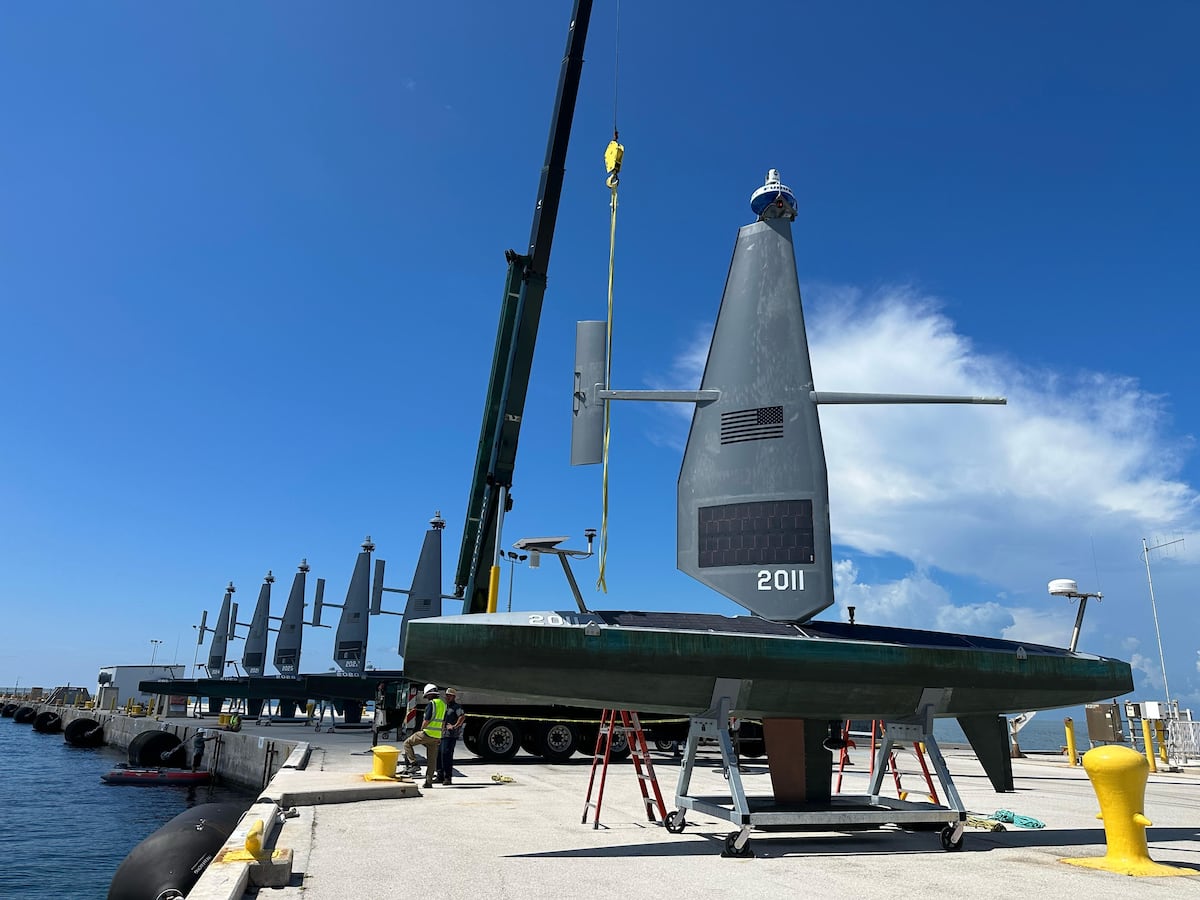Future of US defense depends on culture shift prioritizing innovation

To get our national security right and to ensure that we maintain a strong national defense, we must figure out how the Defense Department can innovate quickly enough to keep pace with potential adversaries. Though increasing authorities have been given to DOD, it continues to struggle to adapt and pivot at the same rate as some competitors.
As senior members of the House Armed Services Committee, we are concerned that unless we recalibrate our approach to defense technology acquisition, we will continue on the slow, costly and unsustainable path that threatens our national defense and the rules-based international order.
Over the last 10 years, through numerous National Defense Authorization Acts, Congress has passed a variety of authorities to help streamline research and development and acquisition. These include more flexible other transaction authorities, mid-tier acquisition authorities, the Accelerate the Procurement and Fielding of Innovative Technologies program and protections for commercial technology to help better attract nontraditional companies to the defense sector.
Similarly, DOD has taken some steps of its own. The efforts of the late Defense Secretary Ash Carter, continued and expanded by leaders in subsequent administrations on a bipartisan basis, led to the creation of the Defense Innovation Unit, the Strategic Capabilities Office and the Chief Digital and Artificial Intelligence Office. Current efforts — such as Replicator and the Rapid Defense Experimentation Reserve — show promise in accelerating acquisition and development for certain capabilities.
These legislative and policy efforts intended to streamline, enhance and wring efficiencies from the acquisition system have left a dizzying array of authorities available to program managers and procurement officials. However, rather than fully utilizing these authorities, DOD still largely follows a slow and costly acquisition process hamstrung by a focus on the process and rigid requirements rather than fielding a capability and achieving results.
Furthermore, officials are more reliably punished for failures than rewarded for creativity and adaptability. Worse yet, they are incentivized to make decisions that may look good during their tenure but create unacceptable risks, cost growth or program management problems for successors. Cultural risk aversion drives a dangerous and costly tendency — one that too often results in cutting-edge technology becoming stale and outdated by the time it is put into play, if not earlier.
We also need to change how DOD interacts with Congress. Bold ideas require early collaboration which does not fit into the model where nothing can be disclosed or discussed with Congress until the president’s budget is released. Surprising Congress with new ideas historically has not benefited any part of the government. No one should be surprised when those ideas go unsupported.
Even when empowered offices overcome these structural disincentives, the efforts tend to be narrowly scoped. Large programs of record for complex systems or large services contracts are built around onerous requirements or meaningless metrics rather than problem-solving ideas or desired outcomes. Narrow technical requirements need to change to broad capability requirements.
The fiscal 2024 NDAA tasks DOD with modernizing the requirements process by avoiding prescriptive language, focusing on mission outcomes and assessed threats, enabling a more iterative and collaborative approach with the services and maximizing the use of commercial products. We expect to be briefed on an interim implementation report in the coming weeks. Getting this right is an absolute imperative.
We are likewise concerned that our research and development proving grounds are dangerously overtaxed. Years of chronic underinvestment have created unacceptable delays in test schedules. Rigorous exercise and experimentation, vital to transitioning technologies into capabilities, are hamstrung by the lack of facilities needed to develop disruptive technologies.
Finally, Congress itself is part of the problem. Parochialism, overly restrictive and inflexible appropriations, risk aversion and an unfortunate habit of killing messengers — to say nothing of the corrosive and wasteful use of continuing resolutions — create dangerous barriers to agility and innovation. The final report of the Planning, Programming, Budgeting, and Execution Reform Commission lays out many of these issues in more detail.
We cannot legislate cultural change, nor can the Defense Department implement it by policy. But we can adjust the incentives, behaviors and signals that drive cultural change over time and our ability to do so is unparalleled.
We have the most innovative economy in the world. We have the best universities, capital markets and entrepreneurial spirit. It is our duty to make sure the government can access that unmatched advantage in an effective way to give our military what it needs to meet our national security needs.
U.S. Rep. Mike Rogers, D-Ala., is chairman of the House Armed Services Committee; Rep. Adam Smith, D-Wash., is ranking member of the House Armed Services Committee; Rep. Don Bacon, R-Neb., is chairman of the Subcommittee on Cyber, Information Technologies and Innovation; and Rep. Ro Khanna, D-Calif., is ranking member of the Subcommittee on Cyber, Information Technologies and Innovation.
Read the full article here







